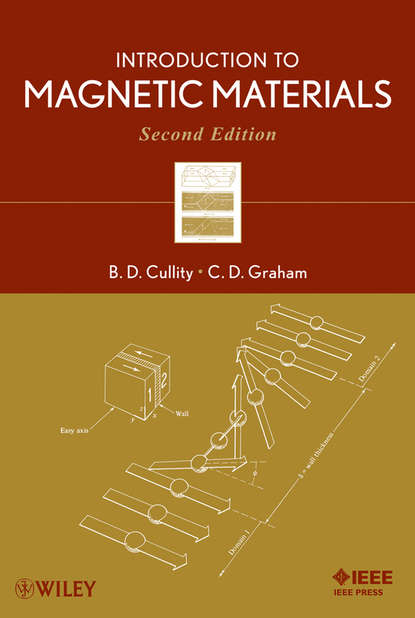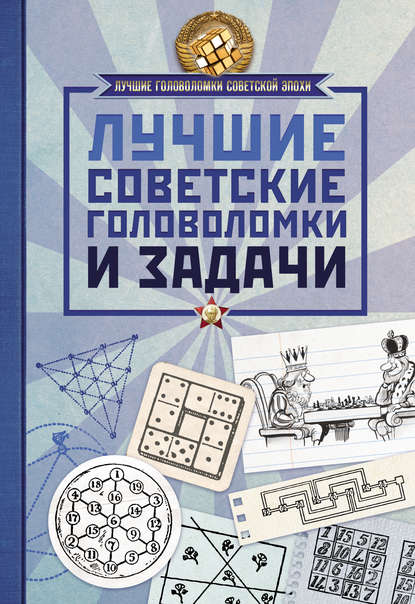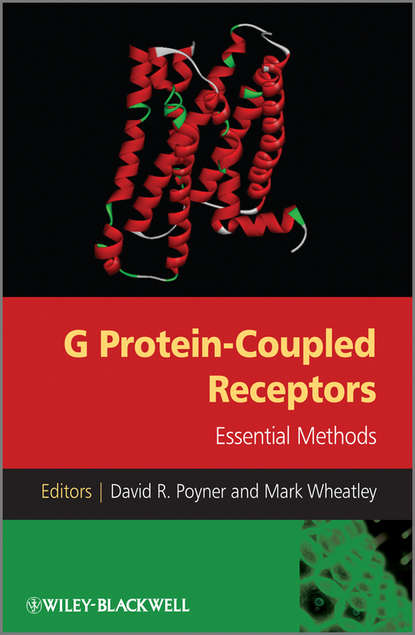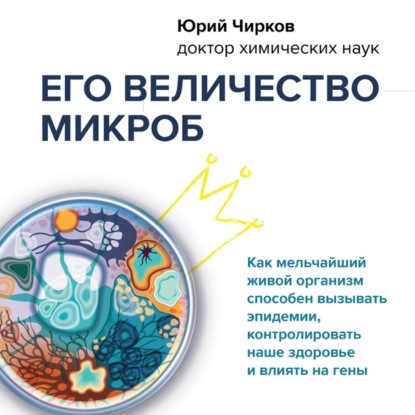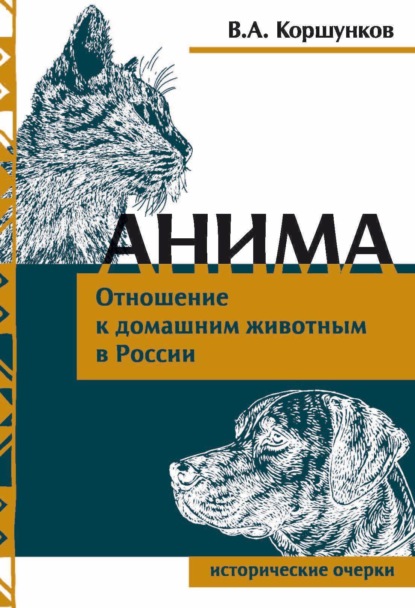Введение в магнитные материалы, 2-е издание охватывает основы магнитных величин, магнитных устройств и материалов, используемых на практике. Хотя в целом сохраняя прежнюю структуру, это переиздание теперь включает SQUID и магнитометры с переменным градиентом, магнитный силовой микроскоп, эффект Керра, аморфные сплавы, редкоземельные магниты, единицы СИ наряду с единицами СГС и другие современные темы. Кроме того, авторы добавили совершенно новую главу о магнитных материалах для хранения информации. Текст представляет материалы на практическом, а не теоретическом уровне, позволяя читателям, будь то профессиональные инженеры или студенты аспирантуры, получить физическое, количественное, основанное на измерениях понимание магнетизма.
The second edition of Introduction to Magnetic Materials by B.Cullity fills a void by offering a clear, accessible presentation. Topics covered, such as SQUID magnetometers and the Kerr Effect, help ensure the text can be taught reliably. The final chapter on Information Magnets looks promising: a concept that would benefit undergraduate electronics students and above.
Second Edition of Introduction to Magnetic Materials is indispensable for undergraduates, graduate students, and professional researchers in physics, materials science, applied physics, electrical engineering, or other closely related branches of engineering and science. This book provides the magnetic theory with the details as necessary for the training and education of these students in the most updated and practical aspects of magnetic materials.
Электронная Книга «Introduction to Magnetic Materials» написана автором B. Cullity D. в году.
Минимальный возраст читателя: 0
Язык: Английский
ISBN: 9780470386316
Описание книги от B. Cullity D.
Introduction to Magnetic Materials, 2nd Edition covers the basics of magnetic quantities, magnetic devices, and materials used in practice. While retaining much of the original, this revision now covers SQUID and alternating gradient magnetometers, magnetic force microscope, Kerr effect, amorphous alloys, rare-earth magnets, SI Units alongside cgs units, and other up-to-date topics. In addition, the authors have added an entirely new chapter on information materials. The text presents materials at the practical rather than theoretical level, allowing for a physical, quantitative, measurement-based understanding of magnetism among readers, be they professional engineers or graduate-level students.
